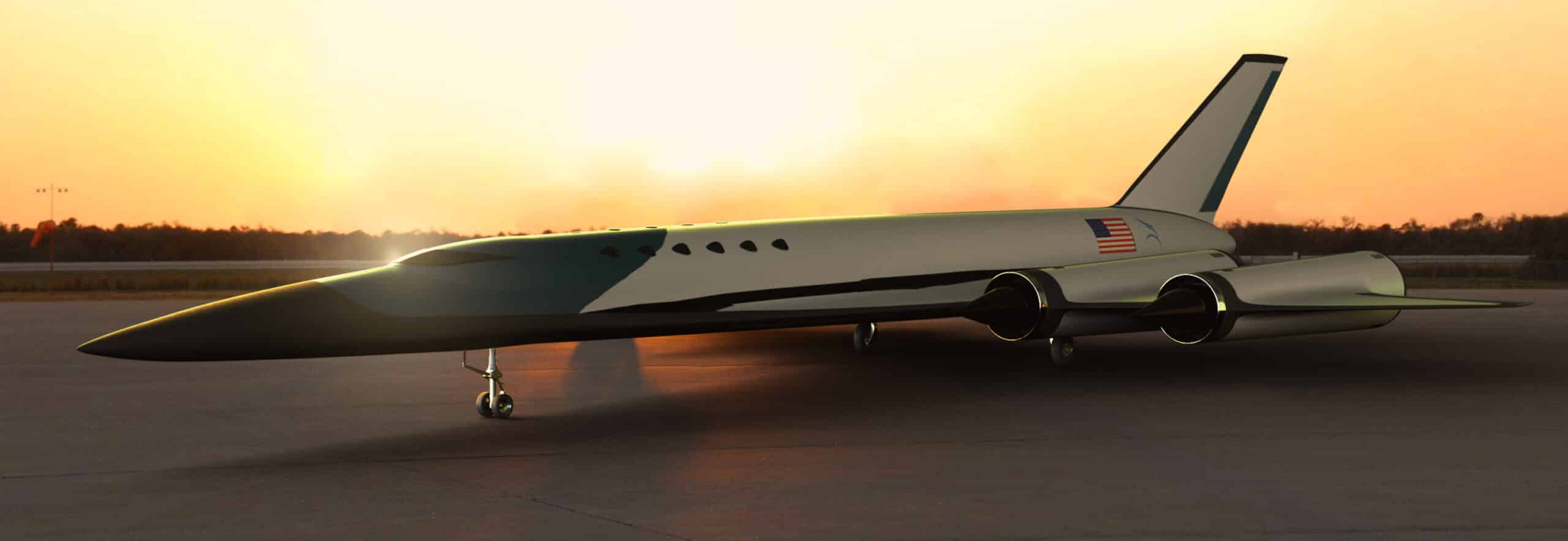Introduction
In tandem with a broader commercial high-speed flight market research study that SpaceWorks is currently conducting, we thought it would be interesting to conduct an informal survey via LinkedIn earlier this year to learn what industry professionals thought about the future of long-distance air travel. We posed several questions aimed at determining the ticket price premium associated with flying faster. Other questions focused on how factors like cabin comfort, environmental impact, and the need to urgently travel internationally might affect the design of the airplane or the size of the market.
If you have any questions about the results below or our broader commercial high-speed flight market research, feel free to contact us.
Who Responded and How do They Compare to the Typical Airline Passenger?
For our broader market research study, we carefully curated and surveyed more than 1,000 people to ensure we had a representative sample of the flying public. It’s fair to assume that the limited number of professionals that replied to this informal survey weren’t your average air passengers. That all being said, the results below are still quite interesting and much of the data tracked with our broader market study.
What is Speed Worth?
Alternatively, what is a person’s time worth? The audience was asked how much more they would be willing to pay (compared to current typical prices) if their flight time was reduced by varying amounts. This question was posed for a transatlantic scenario and a transpacific scenario. The results below were normalized to a subsonic average airfare of $1.00 for simplicity.
We also sought to learn if there was a unique premium associated with “same-day” round trip travel. The audience was asked how much more they would be willing to pay for varying amounts of time to conduct their business and return home the same day versus a normal round trip that would require departing the night before or returning a day later.
What Passenger Preferences Might Affect the Airplane Design and How it’s Operated?
This section focused understanding the in-flight preferences of the audience, including how people felt about tech stops, how they occupy their time while flying, and how important their seat assignment is relative to how much their ticket costs.
What Other Risks and Opportunities Might Affect the High-Speed Flight Market?
In this section we wanted to learn if high-speed flight would grow the overall air passenger market rather than just take market share from the sub-sonic segment. We also sought to understand how more noise at takeoff, a sonic boom during cruise, higher CO2 emissions per passenger, reduced cabin amenities might affect a person’s decision to fly at high speeds.
What’s Next
We hope you enjoyed the charts above and gained some new insights on the market for commercial high-speed flight. Our broader NASA contracted research study, which will be wrapping up over the next couple months and available for review later this year, fed a more detailed and representative version of the data above into our new modeling and simulation tool named MIDAS (Multi-Market Integrated Dynamic Aerospace Simulation).
MIDAS ( Multi-Market Integrated Dynamic Aerospace Simulation )
*All numbers and figures in the animation below are notional and for demonstration purposes only.
MIDAS can model a hypothetical high-speed aircraft manufacturer, engine manufacturer, and multiple airlines to evaluate and optimize a variety of high-speed aircraft business cases. If you’d like to learn more about how MIDAS can be applied to your own research or business purposes, please contact us.

